
In the high-stakes world of metal fabrication, where precision meets brute force and deadlines loom large, efficiency and safety aren't just goals – they're the bedrock of profitability and survival. And when it comes to moving heavy plate, positioning complex weldments, or loading finished products, the electric hoist emerges as an indispensable powerhouse. More than just a convenience, it's a strategic investment that transforms your shop floor operations.
অনলাইন চ্যাটGone are the days (or they should be!) of relying solely on back-breaking manual labor or cumbersome chain falls for every lift. বৈদ্যুতিক উত্তোলন bring a level of power, control, and repeatability that manual methods simply cannot match, addressing the core challenges of a metal fabrication shop:

1. Taming the Tonnage: From thick steel plate and structural beams to massive machinery and completed fabrications, metal is heavy. Electric hoists effortlessly handle capacities ranging from a few hundred pounds to several tons, lifting loads that would be unsafe or impossible for personnel.
2. Precision Placement: Welding, মেশিনিং, and assembly demand pinpoint accuracy. Electric hoists offer smooth, controlled lifting and lowering, allowing operators to position components exactly where they need to be – crucial for fit-up, alignment, and quality control.
3. Supercharging Productivity: Time is money. Electric hoists drastically reduce the time spent moving materials between cutting, bending, welding, and assembly stations. What took minutes with manual methods takes seconds with an electric hoist. This frees up skilled labor for value-added tasks.
4. নিরাপত্তা প্রথম, Always: Manual handling of heavy metal objects is a primary cause of shop floor injuries – strains, sprains, crush injuries, and worse. Electric hoists remove workers from the direct line of fire. Robust safety features like overload protection, emergency stops, and fail-safe brakes create a significantly safer work environment, reducing accidents and associated costs (workers’ comp, downtime).
5. Operator Ergonomics: Reducing physical strain isn’t just about safety; it’s about preventing fatigue. Operators using electric hoists work smarter, not harder, leading to better focus, fewer errors, and higher morale.
6. Versatility is Key: Electric hoists integrate seamlessly into various shop setups:
Bridge Cranes: The ultimate solution for covering large areas of the shop floor.
Jib Cranes: Perfect for workstation-specific lifting (যেমন, near a press brake, welding cell, or saw).
বৈদ্যুতিক উত্তোলন সহ গ্যান্ট্রি ক্রেন: Excellent for outdoor yards, loading docks, or areas without permanent overhead support.
Monorails: For moving loads along a fixed path between stations.
Not all hoists are created equal for the demanding environment of metal fabrication. Consider these critical factors:

1. ক্ষমতা: Determine the maximum weight you need to lift regularly. Don’t forget to factor in the weight of lifting attachments (slings, magnets, spreader bars). Always choose a capacity with a safety margin.
2. উচ্চতা উত্তোলন: Measure the distance from the lowest hook point to the highest required lift point under your crane or jib.
3. ডিউটি সাইকেল (CMAA Class): Metal fabrication shops often require frequent lifting. Look for hoists rated for higher duty cycles (যেমন, CMAA Class D – Heavy Duty or Class E – Severe Duty) to withstand constant use without premature wear. Cheaper, light-duty hoists won’t last.
4. পরিবেশ: Consider exposure to:
Heat: Near welding or cutting areas? Ensure the hoist has adequate heat resistance.
Dust & Debris: Grinding and cutting generate particles. Look for hoists with good ingress protection (IP ratings) or consider enclosed hoists.
Corrosive Elements: Certain processes or chemicals might require stainless steel components or special coatings.
5. নিয়ন্ত্রণ: Pendant controls are standard. Look for ergonomic designs and features like variable speed control for delicate positioning. Radio remote controls offer greater operator mobility and visibility, especially useful for large lifts or awkward positions.
6. Hoist Type: Wire rope hoists generally offer higher capacities and greater durability for rugged fab shop environments. Chain hoists can be more compact and economical for lighter, less frequent tasks.
7. নিরাপত্তা বৈশিষ্ট্য: Non-negotiable. Must include overload limit switch, ঊর্ধ্ব/নিম্ন সীমা সুইচ, জরুরী স্টপ, thermal overload protection, and fail-safe braking.
8. Lifting Attachments: Match the hoist to the tools you need: plate magnets, C-hooks, beam clamps, lifting tongs, or specialized fixtures.
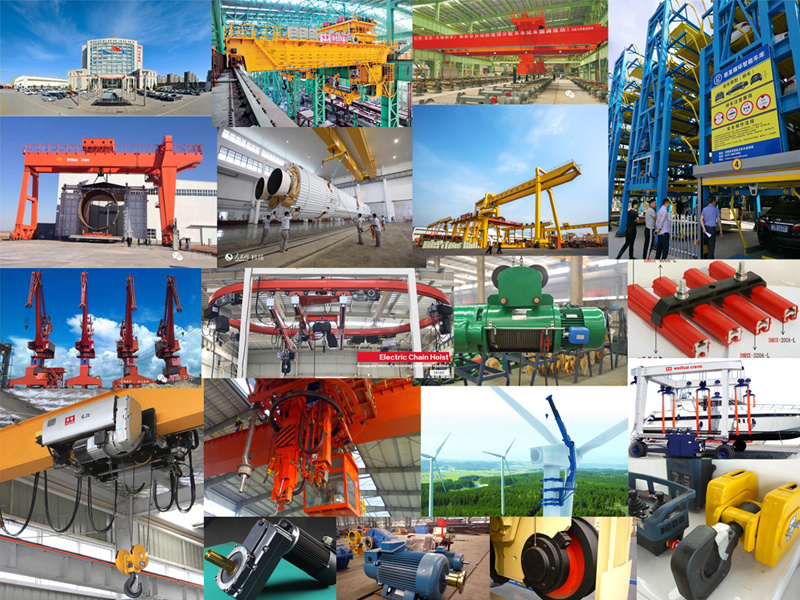
Investing in quality electric hoists delivers tangible returns:
1. Reduced Labor Costs: Move more material with fewer people.
2. Faster Throughput: Get jobs through the shop quicker.
3. Minimized Damage: Precise handling prevents costly damage to materials and finished products.
4. Lower Injury Rates & Costs: A safer shop saves money and protects your workforce.
5. Improved Quality: Better positioning leads to better welds and assemblies.
6. Enhanced Shop Capacity: Handle larger, heavier projects you might have previously turned away.
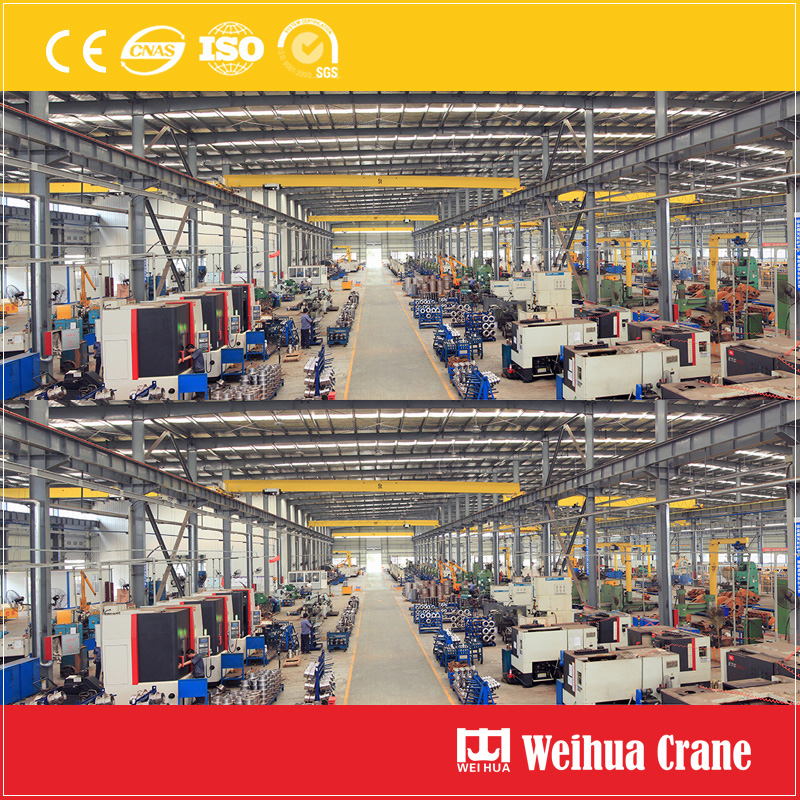
An electric hoist isn’t just a piece of equipment; it’s a force multiplier for your metal fabrication shop. It empowers your workforce, safeguards their well-being, accelerates production, and ultimately boosts your bottom line. By carefully selecting the right hoist for your specific needs and environment, you’re not just lifting metal – you’re elevating your entire operation to a new level of efficiency, নিরাপত্তা, and competitiveness.
আমরা আপনার মতামত মূল্য! দয়া করে নীচের ফর্মটি সম্পূর্ণ করুন যাতে আমরা আমাদের পরিষেবাগুলি আপনার নির্দিষ্ট প্রয়োজনের জন্য তৈরি করতে পারি.
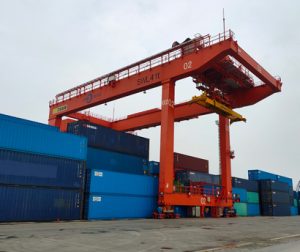
Harbor freight electric hoist is a heavy lifting equipment specially designed for harbor……
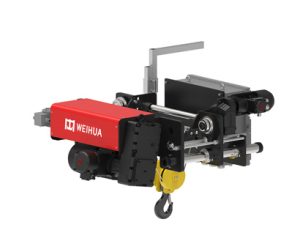
ওয়েইহুয়া গ্রুপ দ্বারা উত্পাদিত বিস্ফোরণ প্রুফ বৈদ্যুতিক উত্তোলন আন্তর্জাতিক পাস করেছে ……
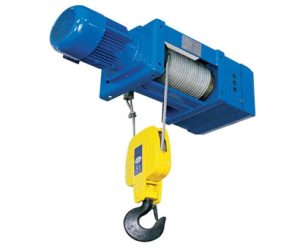
8 টন বৈদ্যুতিক চেইন উত্তোলন মূল বৈশিষ্ট্য & সুবিধা 1. উচ্চ ক্ষমতা উত্তোলন: একটি ট্রা……

দ 500 lb electric hoist is a small electric hoist developed by Weihua Group, a well-kn……
